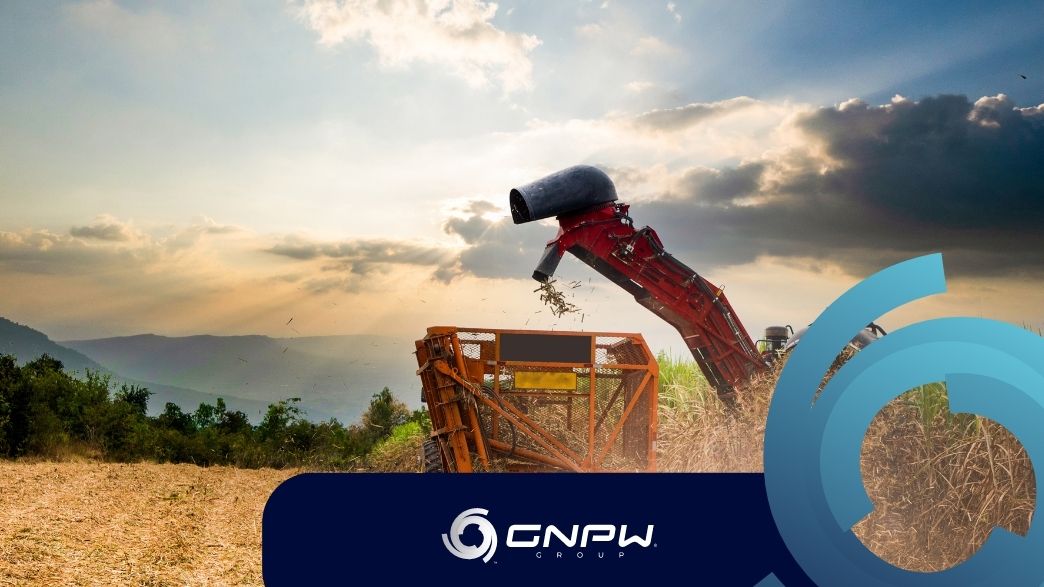The sources of bioenergy are diverse and can be of animal and plant origin. Know each one of them and their application.
Bioenergy is energy created from biomass that can be used both for the production of electricity and for the generation of heat and biofuels. Biomass is organic matter that can be of animal or plant origin. In other words, bioenergy can be generated from several sources, each of which has different characteristics and efficiency.
Bioenergy has been cited as an option for the energy transition, as it is an alternative to fossil fuels. Brazil has been increasing its investment in bioenergy sources, after all, the country has great sustainable potential, with much of it still to be explored, such as agriculture, organic waste and animal waste.
The types of biomass
Biomass can be divided into three types of classes. Solid biomass refers to waste from urban areas, such as MSW, or agricultural or forestry products. The gaseous biomass is found in the waste generated in the agricultural production processes and the liquid biomass comes from crops, such as sugarcane, which produces biofuels.
In this way, biomass allows the production of some fuels, such as biogas, biomethane, bioethanol and biodiesel. Biogas can be produced from landfills or plants that use animal waste and has a high calorific value, which can replace the use of natural gas. From it, it is also possible to produce biomethane, through the removal of water vapor, carbon dioxide and hydrogen sulfide. It has greater combustion power than biogas and can also be used instead of CNG.
Bioethanol is produced from agro-industrial residues, such as corn and sugarcane bagasse. In Brazil, it is a widely used biofuel since the expansion of government programs in the 1990s. Finally, biodiesel is produced from vegetable oils, being an alternative to diesel oil, which comes from fossil fuels. Although not totally clean, biodiesel pollutes less than the fossil source.
Discover 4 sources of bioenergy
According to the technical definition, bioenergy is any organic matter, that is, biological material, available on a renewable basis. It includes raw materials derived from animals or plants, such as wood and organic agricultural waste.
In Brazil, sugarcane bagasse is the main source of bioenergy, but there are other sources. In addition to sugarcane bagasse, other vegetables, grains and cereals also serve as an energy source, as well as wood, firewood, sawdust, organic waste, desires and vegetable oils. Understand each of them better.
Cultures
This type of source is already produced with the intention of generating energy, as is the case with sugarcane. As much as agriculture has a focus on generating food production, the application is wide and there are several uses for raw materials in the sector. Therefore, in recent years, the planting of crops for bioenergy has expanded.
Agricultural and forestry waste
Bioenergy production can be an alternative to burning forests. With what is left over from harvesting, cutting down trees, wood and sawdust, it is possible to generate energy without causing fires. Instead of using prescribed burning, it is possible to give another destination to the biomass, reducing the costs of the operation, with the source serving as a substitute for charcoal.
Organic by-products
Organic agricultural waste, such as pig manure, is also a source of bioenergy. With investments, it is possible that swine farming ceases to generate an environmental liability, which is animal feces, and transforms this liability into an asset. Through biodigesters, the farm manages to generate energy for its own consumption and even resell the surplus.
Organic waste
Organic waste is domestic and industrial waste. Brazil produces, per year, almost 80 million tons of garbage throughout the national territory, but energy from urban solid waste represents only 0.1% of the entire installed capacity of its energy matrix.
Therefore, there are several sources of bioenergy that can be used. Currently, Brazil has been exploring some of them to facilitate the energy transition. To learn more about this topic, read the blog post.

Comment